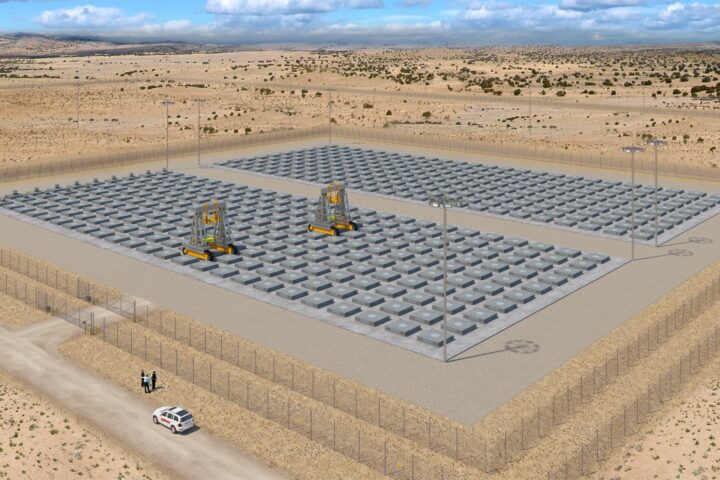LANL Finds a Way to Very Efficiently Waste $400,000
The Department of Energy (DOE) recently released an Audit Report on “The Department’s Fleet Vehicle Sustainability Initiatives at Selected Locations”. One of the locations investigated was Los Alamos National Laboratory. The report states that LANL leased 522 flex-fuel vehicles that were routinely fueled with regular gasoline instead of alternative fuels such as E-85. Sadly, DOE paid a premium of about $427,900 to acquire these flex-fuel vehicles rather than purchasing conventionally-fueled vehicles. (The report stated that $700,000 was spent for 854 flex-fuel vehicles, which was for 522 at LANL and 332 at Bonneville. I had use a simple ratio to arrive at the $427,900 average split for LANL because the DOE IG would not give the actual breakouts.)
By acquiring flex-fuel vehicles but continuing to fuel these vehicles with petroleum at LANL and Bonneville, the Department is not maximizing the reduction of greenhouse gas emissions. DOE paid at least $427,900 for flex-fuel vehicles at LANL; however, failed to obtain the environmental benefits or further Departmental goals of increasing alternative fuel use and reducing petroleum use.
As of September 2012, LANL’s overall fleet had decreased by 9 vehicles, while the number of flex-fuel vehicles had grown to 587. According to LANL officials, LANL used a tanker truck to bring fuel to LANL to fill approximately 65 security vehicles with ethanol fuel. The tanker truck operated approximately 3 hours per day, 5 days per week, and the weekly labor costs to operate the truck were $1,200. Additionally, LANL spent $3,760 on maintenance and repair of the truck in calendar year 2012. The total cost of maintaining and operating the truck, excluding fuel costs, was approximately $66,000 for calendar year 2012. But this tanker truck, or one like it was never used for the regular flex-fuel vehicles.
In addition, the Lab had trouble letting go of unneeded vehicles. LANL retained about 25 percent of their fleets (269) and other mobile equipment even though they did not meet minimum utilization standards. Despite retaining underutilized vehicles, LANL actually increased its inventory of other motorized equipment (small motorized equipment not suitable for use on public roadways).
To be considered fully utilized at LANL, a vehicle must travel an average of 205 miles per month or make 6 trips per working day. According to documents provided by LANL officials, a utilization rate of less than 93 percent, meaning that less than 93 percent of fleet vehicles meet these utilization standards, is considered “unsatisfactory.” During FYs 2009 through 2011, LANL’s utilization rate was between 75 and 77 percent. For example, in FY 2011, LANL had a utilization rate of 76 percent meaning that 269 of 1,115 vehicles, or approximately 24 percent, were retained even though those vehicles did not meet the local utilization objectives.
LANL submitted written justification for retaining only 35 of the 269 underutilized vehicles. However, some of the justifications were very vague and did not sufficiently explain why the user needed to retain the vehicles instead of downsizing their fleet. One justification for retaining two underutilized vehicles stated, “because of the amount of employees and locations of employees, they would like to keep both vehicles. The plan is to switch them every 6 months to make sure we put enough mileage on both vehicles.” When addressing underutilized vehicles, the DOE IG noted the emphasis was often on increasing utilization as opposed to downsizing the fleet and, therefore, reducing costs. In regard to eight other underutilized vehicles, the justification stated, “all managers have devised a plan to increase the utilization of their vehicles and do not plan to turn any in at this time.”
Managing a fleet of vehicles is not rocket science. Hopefully this wasted money will be reimbursed by the operating contractor.

